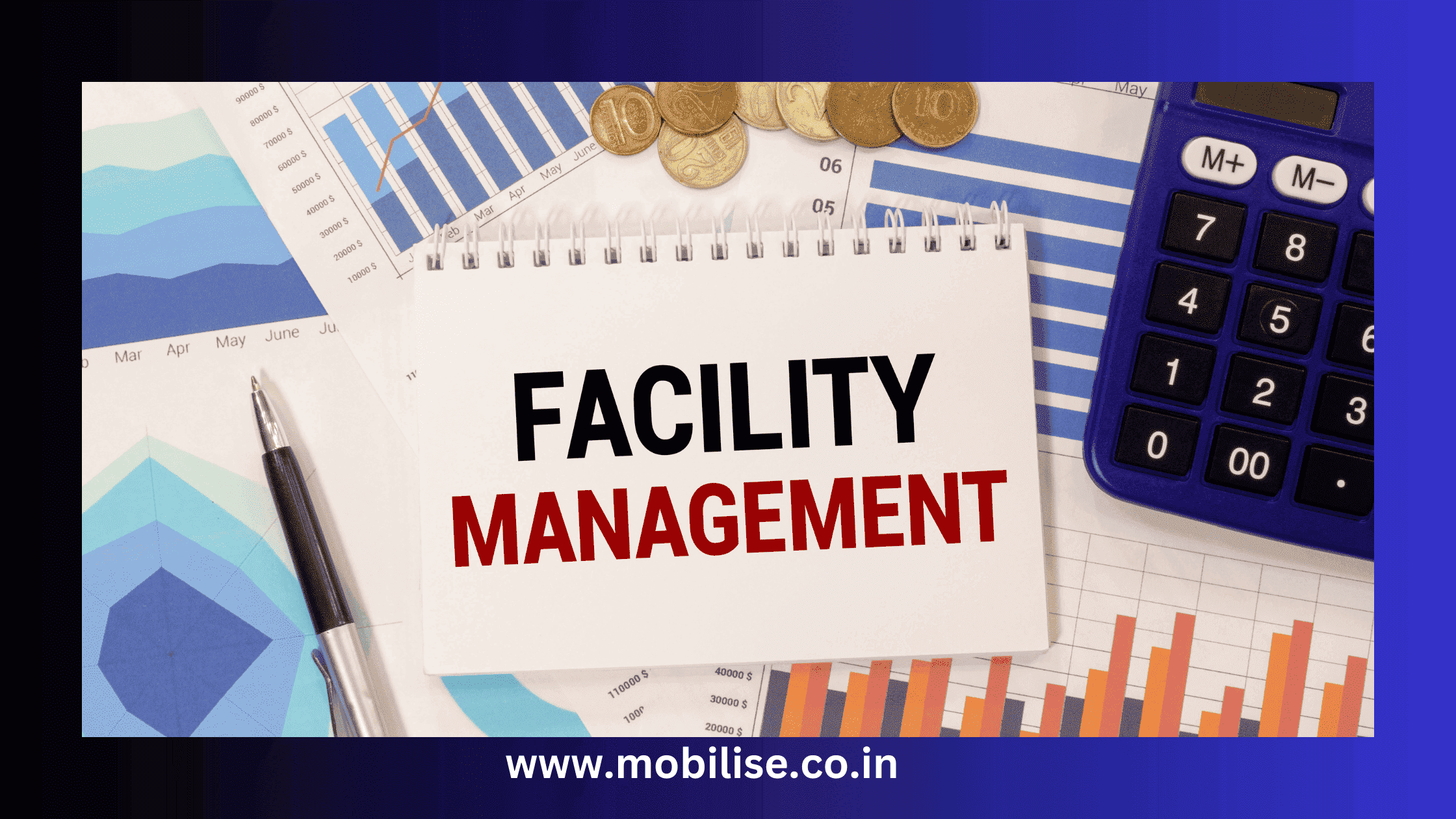
When it comes to managing the day-to-day operations of a building, many organizations rely on either Facility Management (FM) or Integrated Facility Management (IFM). These two approaches, while related, offer unique methods for handling facilities-related tasks. But what exactly are the differences between them, and how do you decide which is best for your business?
In this article, we’ll break down the fundamentals of FM and IFM, highlight the main distinctions, and guide you on which option might best suit your organization’s needs.
What is Facility Management?
Facility Management (FM) involves overseeing the physical spaces within an organization. This can include tasks like maintaining building systems, ensuring security, and managing cleaning services. FM focuses on keeping facilities functional and comfortable for occupants, ensuring that daily operations run smoothly.
Core Responsibilities of Facility Management
- Maintenance of Building Systems: Includes HVAC, plumbing, and electrical systems.
- Space Management: Ensuring that office space and common areas are efficiently used.
- Safety and Security: Providing a safe environment through surveillance, access control, and compliance.
- Cleaning and Hygiene: Managing janitorial services to maintain cleanliness.
Benefits of Standard Facility Management
Facility Management offers direct control over individual services, making it easier for businesses to tailor each function. This can be ideal for smaller companies that only need to manage specific areas and prefer a more hands-on approach.
What is Integrated Facility Management?
Integrated Facility Management (IFM) goes beyond traditional FM by combining multiple facility services under a single contract or management system. The goal is to streamline operations by reducing the number of vendors and centralizing processes.
Core Components of Integrated Facility Management
- Single Point of Contact: All facility services are managed through one provider, simplifying communication.
- Comprehensive Service Bundle: From maintenance to energy management, IFM covers all aspects of facility needs.
- Enhanced Technology Integration: Use of advanced tools like IoT, predictive maintenance, and centralized data management.
Advantages of an Integrated Approach
IFM provides a more cohesive strategy, reducing duplication and allowing for economies of scale. This integration enables organizations to be more agile and make data-driven decisions, which is crucial in today’s competitive environment.
Key Differences Between Facility Management and Integrated Facility Management
Scope and Scale
FM focuses on individual services, whereas IFM manages multiple services under one umbrella, making it ideal for larger facilities.
Management Structure
While FM can involve multiple vendors, IFM often relies on one provider to handle everything, streamlining communication.
Technology Integration
IFM often includes advanced technology, such as predictive maintenance and IoT systems, that traditional FM may not employ to the same extent.
Vendor Consolidation
IFM minimizes the number of vendors, reducing administrative burdens and often resulting in lower costs.
Advantages of Standard Facility Management
Flexibility and Control
FM allows organizations to choose specific vendors for each service, providing more customization and control.
Cost-Effectiveness for Small Operations
For smaller buildings or less complex facilities, FM can be more affordable and practical than an integrated approach.
Advantages of Integrated Facility Management
Cost Savings Through Vendor Consolidation
With fewer vendors, organizations can reduce administrative costs and benefit from bulk service agreements.
Streamlined Operations and Communication
A single point of contact in IFM improves operational efficiency and simplifies decision-making.
Enhanced Data and Analytics Capabilities
IFM providers often implement advanced data systems, enabling real-time monitoring, predictive maintenance, and energy management.
Which Approach is Right for Your Organization?
Determining Business Needs and Goals
Evaluate if your facility requires a high level of coordination across services or if separate vendors are sufficient.
Facility Size and Complexity
Larger, more complex facilities may benefit more from IFM, while smaller operations might find standard FM sufficient.
Budget Considerations
IFM often involves upfront investment but offers long-term savings, while FM may be more affordable in the short term.
Challenges in Implementing Facility Management and Integrated Facility Management
Budget Constraints
Both FM and IFM require financial resources, and IFM’s initial costs may be a barrier for some organizations.
Vendor Dependence
With IFM, relying on a single provider means that if the vendor fails, all services are impacted.
The Role of Technology in Facility Management
Both FM and IFM are increasingly adopting technology to improve efficiency. Innovations such as IoT devices, AI, and data analytics are transforming facility management by enabling predictive maintenance, remote monitoring, and energy management.
IoT, AI, and Data Analytics in Facility Management
Using these tools, managers can optimize space, predict equipment failures, and reduce energy costs, making facility management more proactive than reactive.
Sustainability in Facility Management and Integrated Facility Management
Energy-Efficient Solutions
IFM often includes strategies to reduce energy consumption, such as optimizing HVAC systems and using smart lighting.
Waste Management and Reduction
Effective waste management programs, commonly included in IFM, help organizations reduce their environmental footprint.
How to Transition from Standard Facility Management to Integrated Facility Management
Steps to Make the Shift
- Assess Your Needs: Identify if your organization would benefit from the integration.
- Choose an IFM Provider: Look for a reputable provider with a strong track record.
- Plan for Implementation: Ensure staff are trained and resources allocated.
Case Studies: Success Stories of Integrated Facility Management
Examples from various industries highlight how IFM can reduce costs, streamline processes, and improve overall facility performance. By adopting IFM, companies like large corporations and educational institutions have achieved significant operational efficiencies.
Future Trends in Facility Management and Integrated Facility Management
Growing Role of Automation
With AI and robotics, IFM will likely rely more on automated processes, making it even more efficient.
Sustainability and ESG Goals
Sustainable practices and compliance with Environmental, Social, and Governance (ESG) standards are increasingly shaping the future of FM and IFM.
Conclusion
Understanding the difference between FM and IFM is crucial for organizations aiming to optimize their facility operations. By evaluating their unique needs, businesses can make informed decisions to achieve cost savings, efficiency, and sustainability. Whether choosing the flexibility of FM or the streamlined, data-driven approach of IFM, organizations can benefit from a well-structured facility management strategy.





